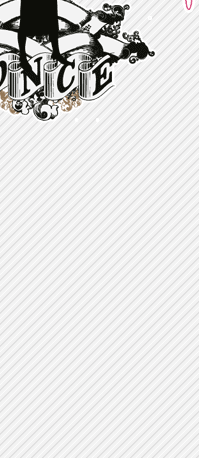Our experiences are increasingly digital and connected. The complexity of
interactions in our new world of the ecology of systems is exponential. There is now an infinite amount of variables to work with. My foray into this began with a project developed in response to the emerging technological infrastructure of the new ecology of systems and the seemingly endless possibilities within them. Designing for these ecologies is a much different way of problem solving than the way designers are normally trained. These complex systems consist of devices, software, databases, interfaces and an array of interactions based on social patterns and people's behaviors, turning the way we approach design into a delicate balance of experience, interaction, and form. Designing for these systems requires a more sophisticated approach to design that includes social interactions, networking, integrated systems, communication, and potential experiences within a social context simultaneously. In response, I wrote a (mini)festo arguing that the new ecology of systems requires a change in the way we think.
Formbook: Flat to Fat takes the form of a book. As it is read, interaction with the book turns the flat pages into three- dimensional form. Much like the added dimensionality of layered thinking that these new ecologies have inspired, the flat book folds into a flower making it a communication technique that combines narrative with interaction and suggests new ways of thinking through the transition of flat to three-dimensional form. This formbook was the first manifestation of how to approach thinking about designing for a new ecology of systems.
...
Formbook Minifesto, Art Center Gallery, 2004 and Media Design Gallery, 2004.
|
Method
Case Study: Mobile Music
Technology
Process
Blank Devices
(mini)festo
...
Thesis Paper (pdf)
Bio/Resume
...
jennifer [at] teeji .com
|



